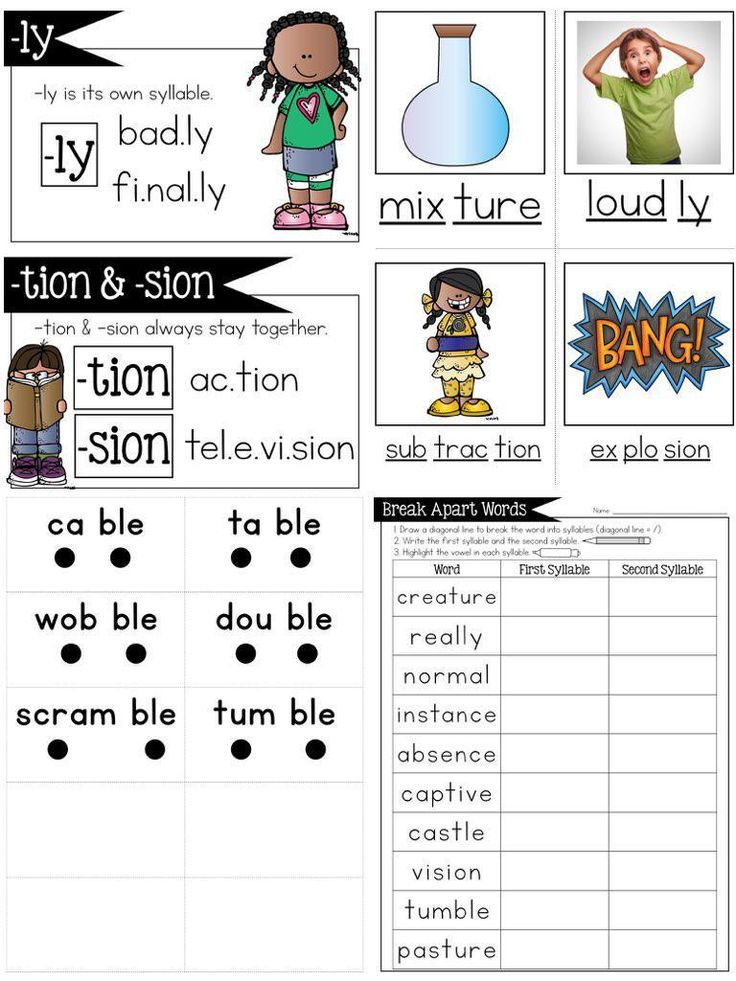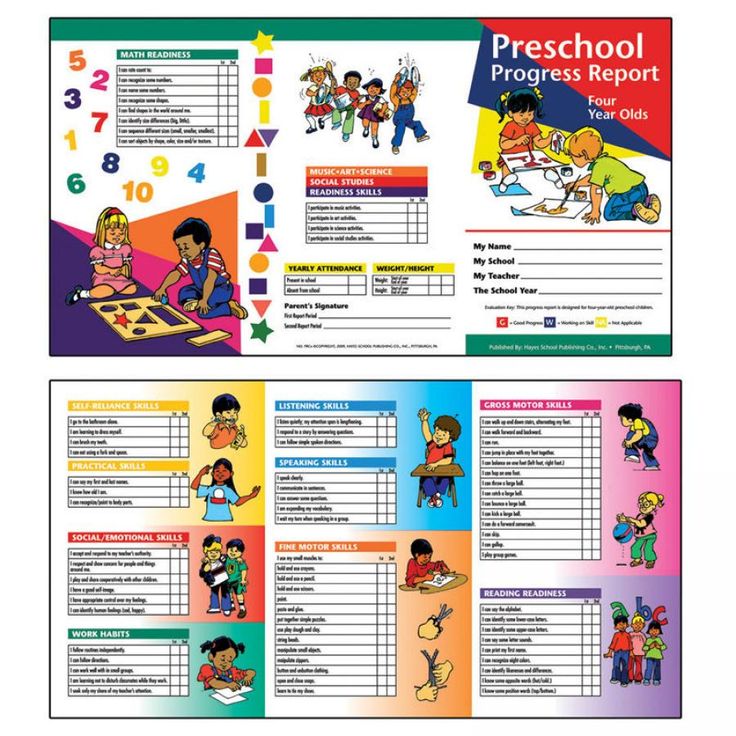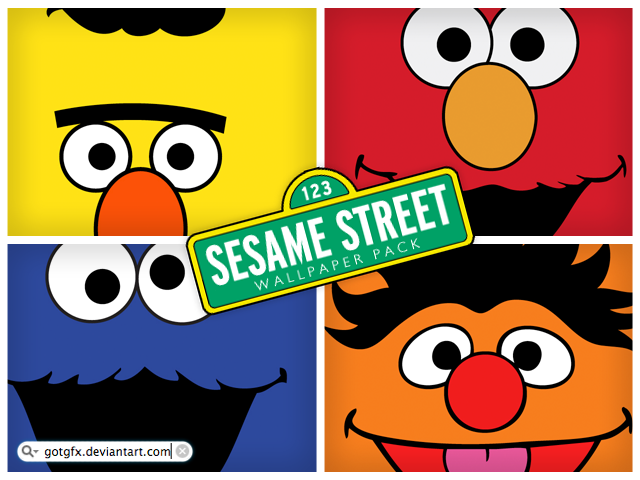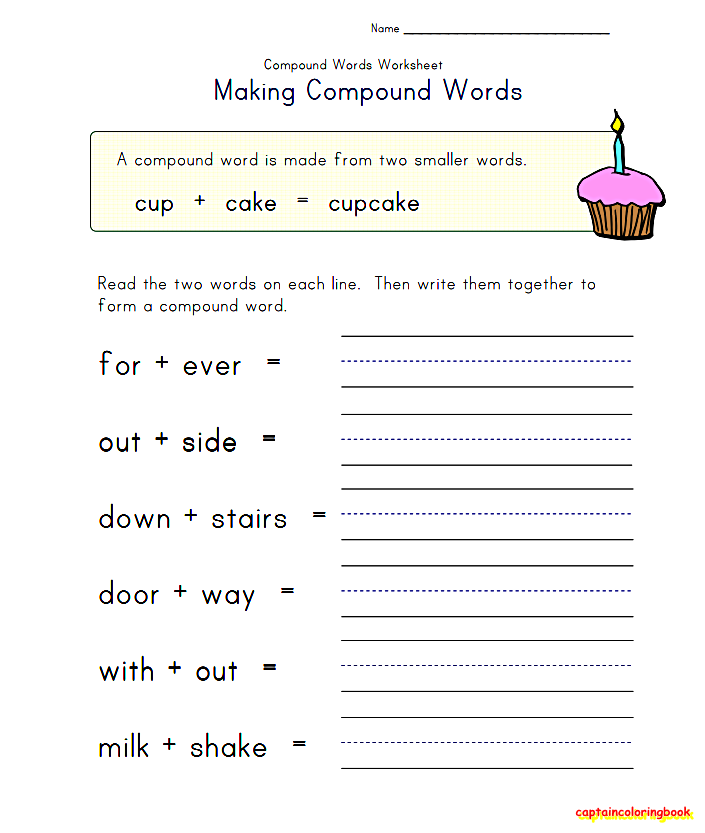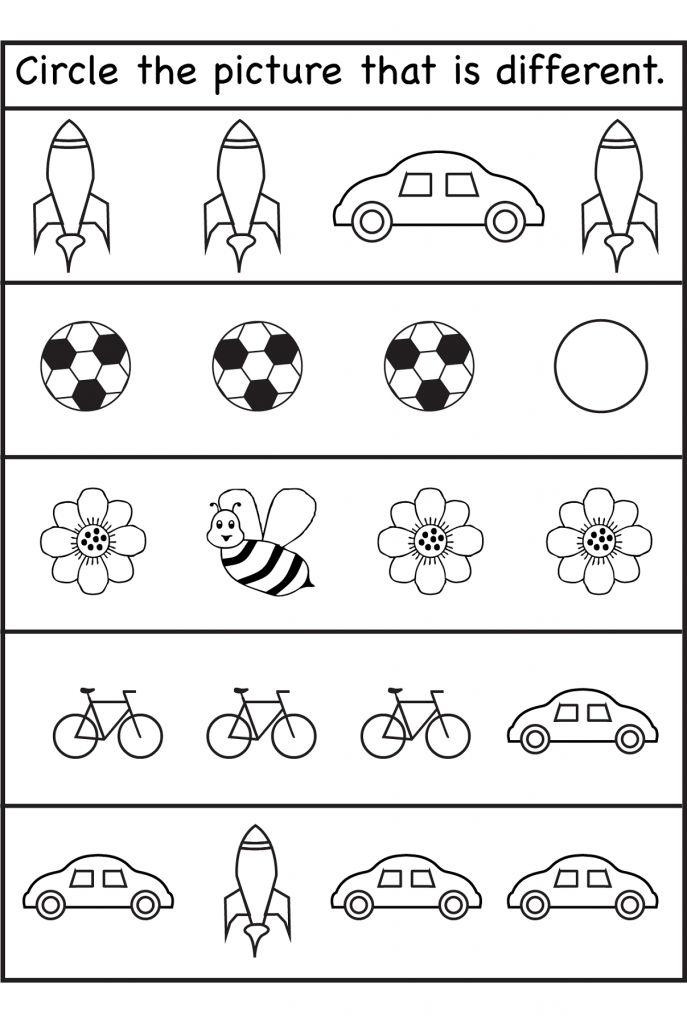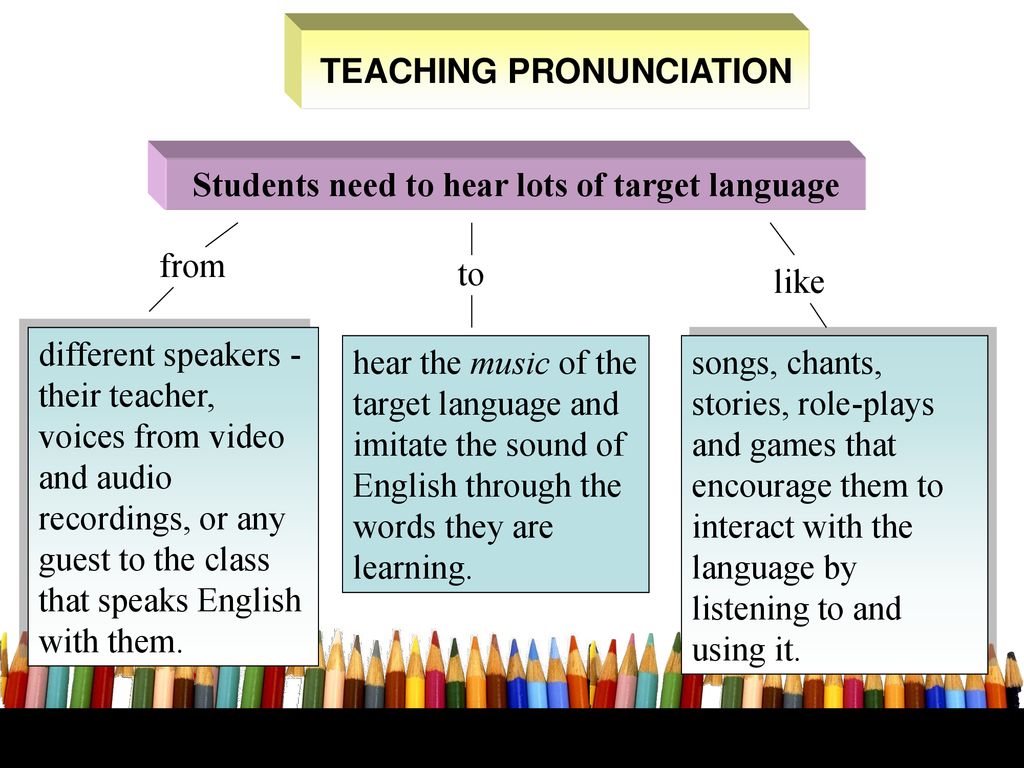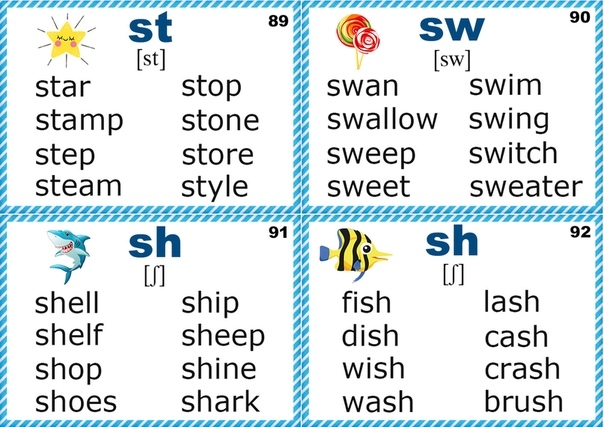Breaking words in syllables
How to Teach Students to Divide Words into Syllables
Did you know that dividing words into syllables is one of the most powerful decoding strategies out there?
If your students are ready to read words with more than one syllable, then it’s time to start teaching syllable division rules!
When readers know the syllable division rules, it A) helps them successfully decode multisyllabic words and B) provides them with clues about the vowel sounds in multisyllabic words!
Knowing how to divide words into syllables gives your kids POWER to attack those longer words!
In today’s post, I’ll explain how to teach students to divide words into syllables!
…And I also have something to confess:
Despite being an English speaker, teacher, and avid reader, I did not know these rules until I’d already been teaching for years.
So if these rules are new to you, don’t sweat it! We’re all learning! All the time!
The 6 Syllable TypesDo you know the 6 syllable types? They are:
- Closed
- Open
- Vowel-Consonant-E (also known as Magic E or Silent E)
- Vowel Team
- R-Controlled
- Consonant-L-E
If you haven’t read my post that goes in-depth on these syllable types, you may want to read that first, and then come back to this post. My 6 syllable types post can be found HERE!
(And yes – there are a lot of terms and rules to remember when you’re teaching phonics. If you’d like a free PDF that has many different terms and rules in one place, grab this freebie!)
Finding the Number of Syllables in a WordAn important first step in dividing up a word into its syllables is knowing how many syllables the word has.
You may already know that 1 vowel sound = 1 syllable. If a word has 3 vowel sounds, for example, then it has 3 syllables.
(Notice that I’m saying vowel sounds, not actual vowels. The word “cupcake,” for example, technically has 3 vowels. But the e is silent. It only has two syllables because the vowel sounds we hear are the short u and the long a, 2 total vowel sounds.)
Syllable Division PatternsThere are only 6 syllable types, and there are even fewer syllable division patterns!
The syllable division patterns are as follows (V = vowel; C = consonant):
VC/CVIf you have two consonant sounds between two vowel sounds, divide the word between the consonant sounds.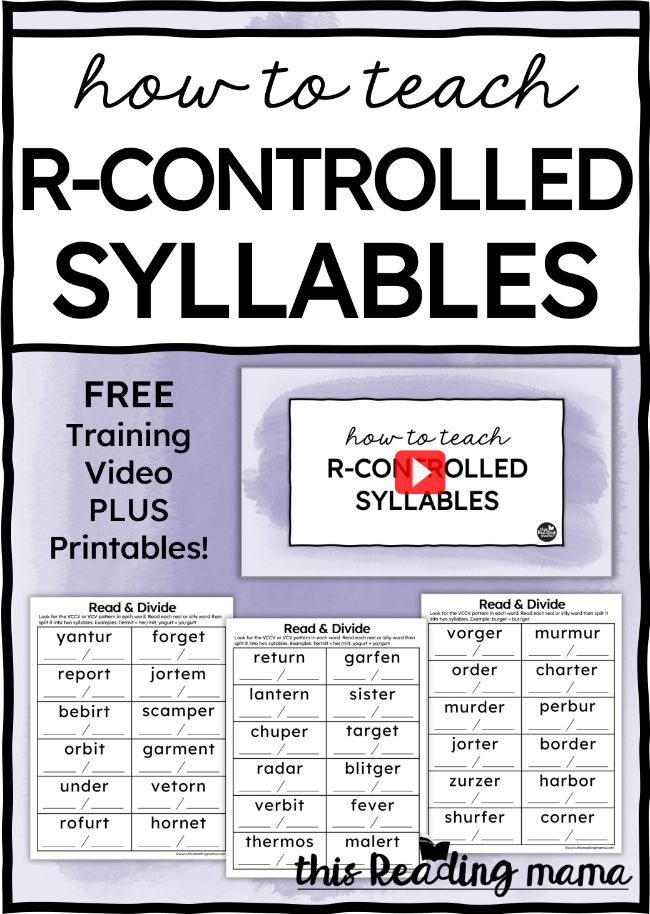
In the word “sunset,” the vowel sounds are the short u and the short e. The two consonants in the middle, n and s, get divided up.
In the word “bathtub,” the vowel sounds are the short a and the short u. The two consonant SOUNDS in the middle are /th/ and /t/. The word gets divided up between the h and the second t.
If there are 3 consonants between the vowels, rather than 2, there’s going to be a blend in there. The sounds that get blended together stay together in one syllable.
For example, in the word “complex,” we divide between the m and the p.
V/CVMoving on…sometimes there’s just one consonant sound between the vowels, rather than 2.
If this is the case, the first syllable division rule that we try is V/CV (dividing up the word BEFORE the consonant).
For example, in the word “robot,” we divide up the word before the b. This creates an open syllable, “ro,” that ends in a vowel. As a result, the o in that syllable is a long o.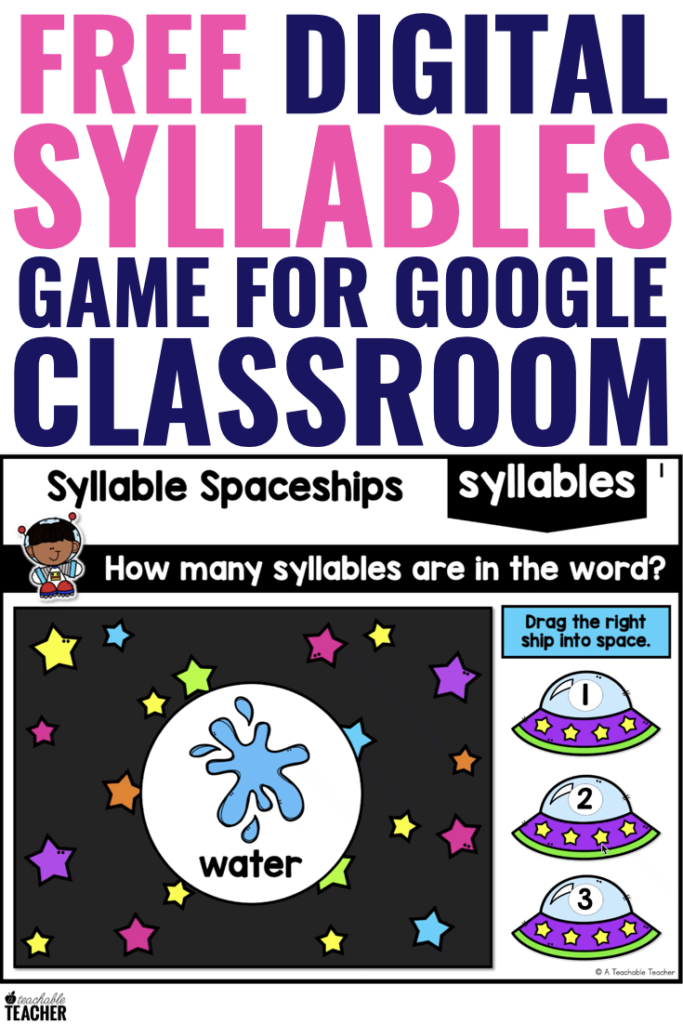
However, sometimes the V/CV division rule doesn’t work. This is where it gets a little tricky.
If we try the V/CV rule but discover that it creates an open first syllable that should NOT be open (aka it should not have a long vowel sound), then we have to revert to the VC/V pattern.
For example, let’s think about the word “comet.” It’s pronounced with a short o at the beginning, right? It’s not CO-met. But if we were to apply the V/CV division pattern, that would make the o sound long. Instead, we have to revert to VC/V in order to reflect the fact that the o has the short o sound.
Another example is the word “seven:”
V/VLast but not least, we have the V/V syllable division rule! When there are two vowels next to each other that do NOT work as a team, then we divide the word between those two separate vowel sounds.
For example, we divide the word “diet” between the i and the e:
However, in a word like “coat,” we do NOT divide between the o and the a. There is only one vowel sound, the long o. Therefore, it’s a one-syllable word, and the o and the a work together to make a single sound. They cannot be divided up.
There is only one vowel sound, the long o. Therefore, it’s a one-syllable word, and the o and the a work together to make a single sound. They cannot be divided up.
Okay, so….that’s not too bad, right? Once you understand the four syllable division patterns, then you can teach them to your students!
As you probably noticed from the photos in this post, I have my students circle and label the vowels with red, underline and label the consonants with blue, and then cut or draw a line to divide the words. (Scroll back up through the photos in this post and have a closer look at what I did, if that helps.)
Here’s the procedure:
- Look at the word. Circle the vowel sounds with red.
- Underline the consonants BETWEEN the vowels (don’t worry about the other consonants).
- Determine which syllable division rule (VC/CV, V/CV, VC/V, or V/V) applies. (Students may have to attempt to read the word to choose between V/CV and VC/V.
 )
) - Cut or mark the word accordingly.
- Read the word.
You can also have students code the syllable types after Step #3 (closed, open, VCE, vowel team, r-controlled, or CLE—read more about the syllable types HERE!)
When we’re learning about syllable division and syllable types, we use strips of paper. Students can copy a word I write on the board (or I prepare the word strips for them ahead of time).
I don’t read the word to them, because the purpose of the division exercise is to get them to break up the word and read it.
Once they’ve copied the word, then we go through Steps 1-5 listed above, and students can cut the word in half.
The ultimate goal of this exercise is to get students to break up multisyllabic words as they read. So, as a bridge between this activity and reading, we use whiteboards or sticky notes to divide up tricky words they encounter in texts.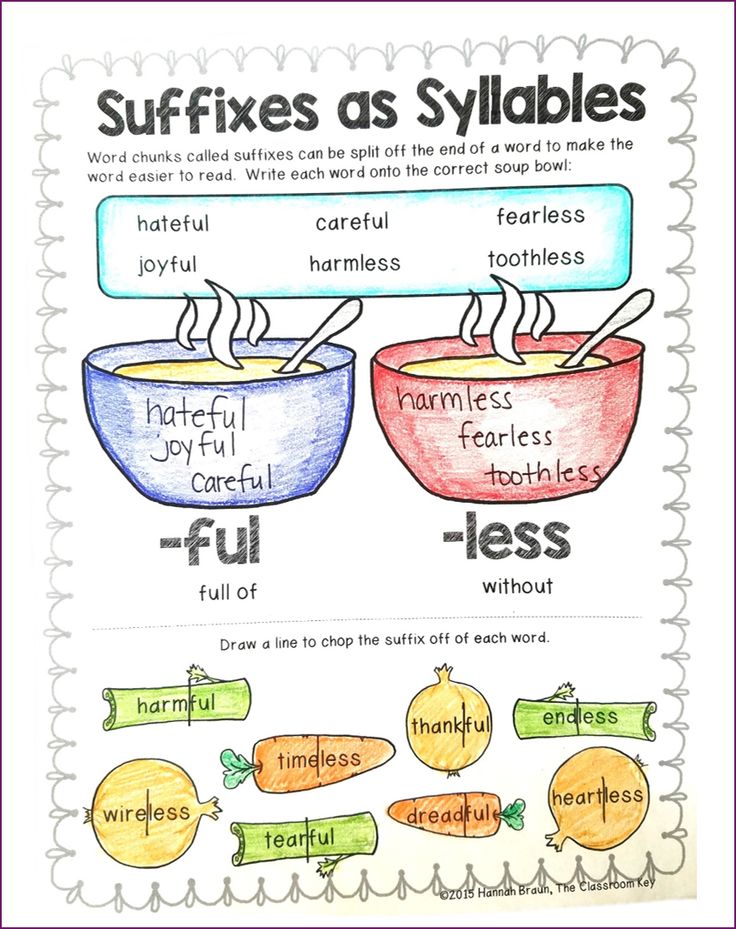
If I’m working one-on-one with a student and he/she comes to a tricky word, we can write it on a small whiteboard and then break it up.
If students are working on their own, they can write a tricky word on a sticky note, divide it up, read it, and then continue reading.
This does slow down the reading process a little, but I’m telling you…kids feel SO powerful when they can break up words and determine what types of syllables they have. This process also makes it easier for students to figure out the vowel sounds in a word too.
When to Teach This StuffYou might be wondering, “When should I teach these rules? At what developmental stage or grade level are these appropriate?”
When to teach the VC/CV rule:
Whenever kids have mastered CVC words, they can read 2-syllable words!
Simple compound words are a great place to start. You’ll want to use words like “sunset” and “pigpen” that are 2 CVC words “put together.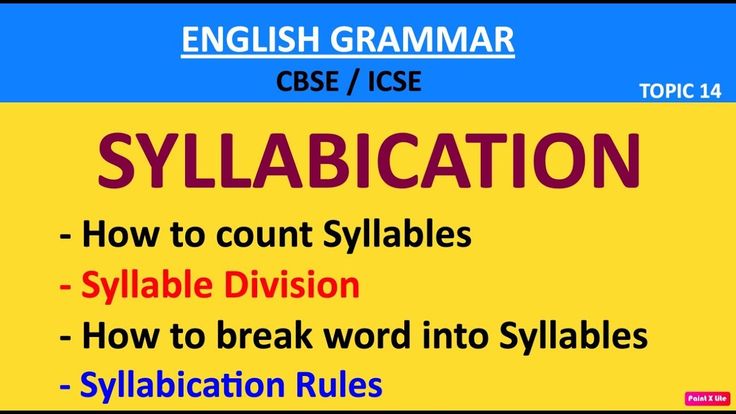 ” At this point, you can teach students the VC/CV rule. You can also explain that both of the syllables in those words are closed and have short vowels.
” At this point, you can teach students the VC/CV rule. You can also explain that both of the syllables in those words are closed and have short vowels.
I don’t normally teach this in Kindergarten, but if I have more advanced students who are truly proficient with CVC words, then it makes sense to give them “access” to these simple 2-syllable words.
Of course, if you give students words with consonant digraphs or blends in between, then it becomes a little more complicated—early first grade may be a better time for those more complicated VC/CV words.
When to teach the V/CV and VC/V rules:
I teach the V/CV rule first, because we always try the V/CV pattern before reverting to VC/V.
You can teach this rule once students know about the long vowel sounds.
They don’t need to have completely mastered long vowels and all their spelling patterns. But they at least need to understand the concepts of open and closed syllables (and how short and long vowels relate to open and closed syllables).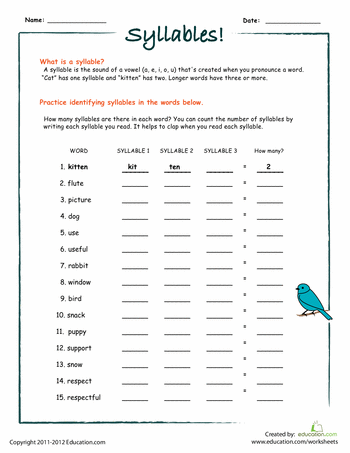
When we’re working on the V/CV rule, I intentionally only give them practice words that follow that rule.
After they understand the V/CV rule, then I explain that sometimes we have to use the VC/V rule instead.
I then give them VC/V words to practice.
Finally, I give them mixed sets of words where they have to choose between V/CV and VC/V.
When to teach the V/V rules:
I wait to teach V/V until students really understand vowel teams and diphthongs.
If students don’t understand vowel teams, then they may try to divide up words like “train” into two syllables, between the a and the i. If they don’t understand diphthongs, they may try to divide up words like “loud” into two syllables.
Once they know the vowel teams and diphthongs, however, they’re more likely to recognize that words like “fluent” have two vowel sounds, not one, and we divide up the word accordingly (flu/ent).
ConclusionsThis was a lot of info, right?! And it’s a lot to figure out and teach on your own – if you don’t have lesson plans and materials for it.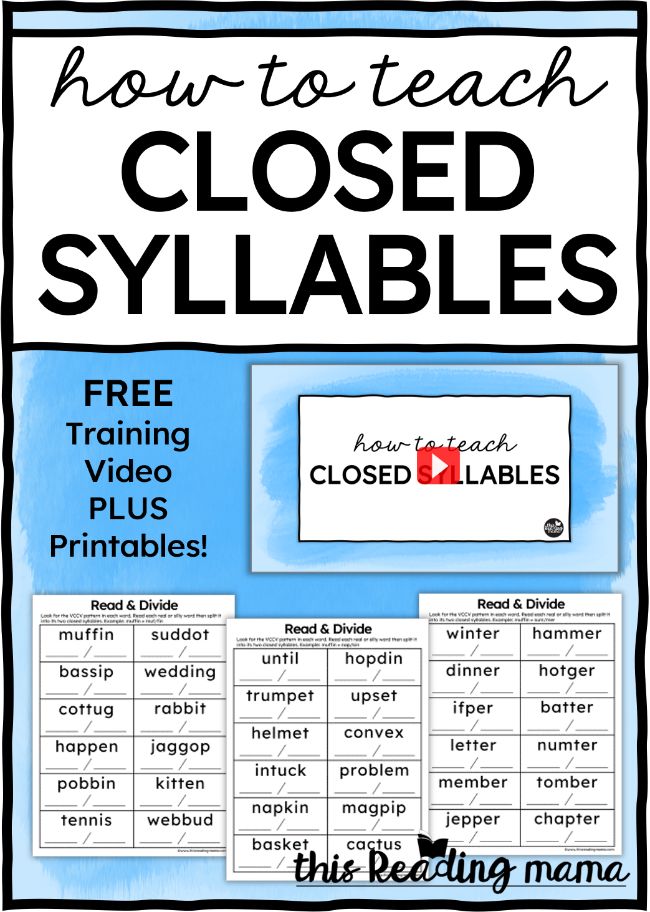 Because unfortunately, many phonics and reading programs don’t cover this stuff!
Because unfortunately, many phonics and reading programs don’t cover this stuff!
If you’d like to make teaching this EASY and FUN for you and your students, check out my step-by-step guide to teaching all the syllable division rules and syllable types.
I designed this resource to fit perfectly into any phonics program. (However, if you’re using my phonics program, From Sounds to Spelling, you won’t need this resource because we cover this info within the program.)
You set the pace for how quickly you progress through these lessons! 1st grade teachers may spread them out throughout the entire school year, while 2nd grade and up may progress more quickly. Here’s page 1 of the table of contents (this is only half of the lessons):
Here’s what a lesson plan looks like:
Also included are words to practice dividing, plus lots of hands-on games!
Everything is done for you, so you won’t have to invest time or energy in figuring all this out on your own and creating lessons!
However, if you already feel confident in teaching syllable division and have plenty of materials for it, you may just need a few practice activities for your students.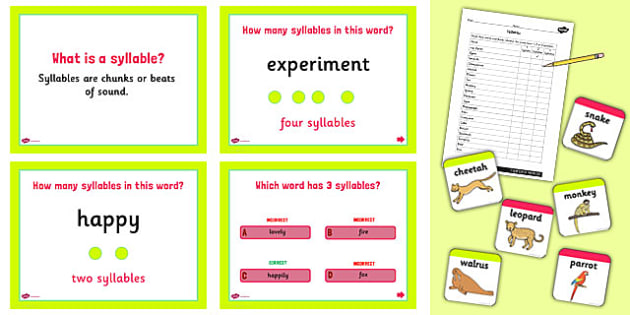 If that’s the case, my digital practice games might be a better fit.
If that’s the case, my digital practice games might be a better fit.
These activities give your students practice with dividing words up into syllables AND identifying syllable types. The games include audio directions that explain the syllable types and division rules!
Syllable division practice for 1st grade – covers open, closed, silent e, vowel team, and r-controlled syllable types, plus VC/CV, V/CV, and VC/V division rulesSyllable division practice for 2nd grade – covers open, closed, silent e, vowel team, r-controlled, diphthong, and consonant L-E syllable types, plus VC/CV, V/CV, and VC/V division rulesI hope these resources are helpful to you! You can also pin this blog post to your Pinterest account so you can come back to it later:
Happy teaching!
How To Divide Words Into Syllables
Sharing is caring!
207 shares
- Share
- Tweet
Are you confused about how to divide words into syllables? Or maybe you’re not sure exactly how to teach your students the syllable division rules.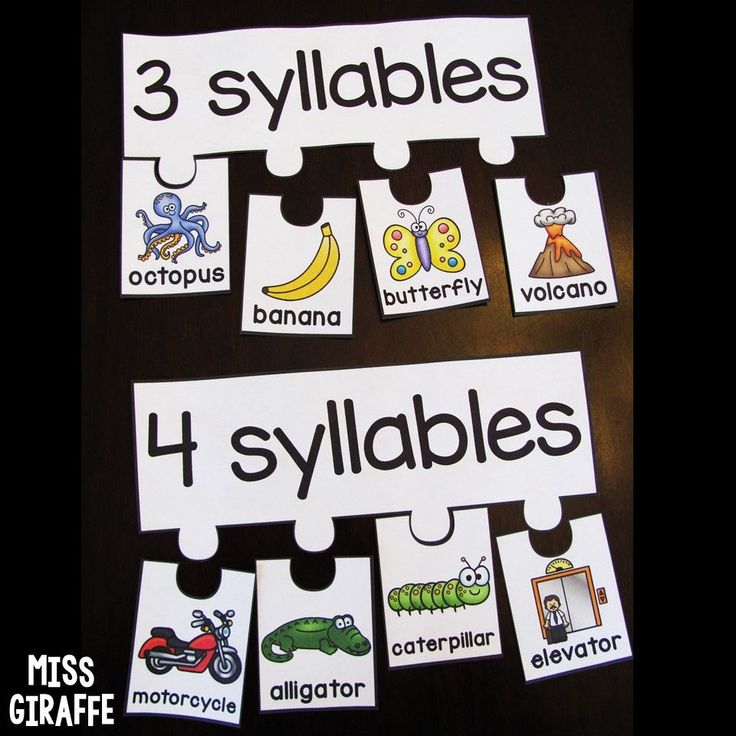 It can be tricky, but with a few simple rules, you’ll be able to do it like a pro. In this blog post, we will discuss the most common ways to divide words into syllables, as well as provide some tips for making the process easier. So if you’re ready to learn more about breaking words into syllables, keep reading!
It can be tricky, but with a few simple rules, you’ll be able to do it like a pro. In this blog post, we will discuss the most common ways to divide words into syllables, as well as provide some tips for making the process easier. So if you’re ready to learn more about breaking words into syllables, keep reading!
Why Syllable Division Is Helpful
By knowing how to split words into syllables, students can chunk up bigger words into more manageable pieces. This helps them read longer and more difficult words, as well as unfamiliar words.
Dividing words into syllables also helps you figure out what the vowel sound will be. When students come across unfamiliar words, breaking them up into syllables can help them predict what the vowel sound will be based on the patterns they see in the words.
Syllabication Rules
There are several rules, or better yet patterns since there are always some exceptions, that can help with syllable division. Remember that there are 6 syllable types, but some words are only 1 syllable.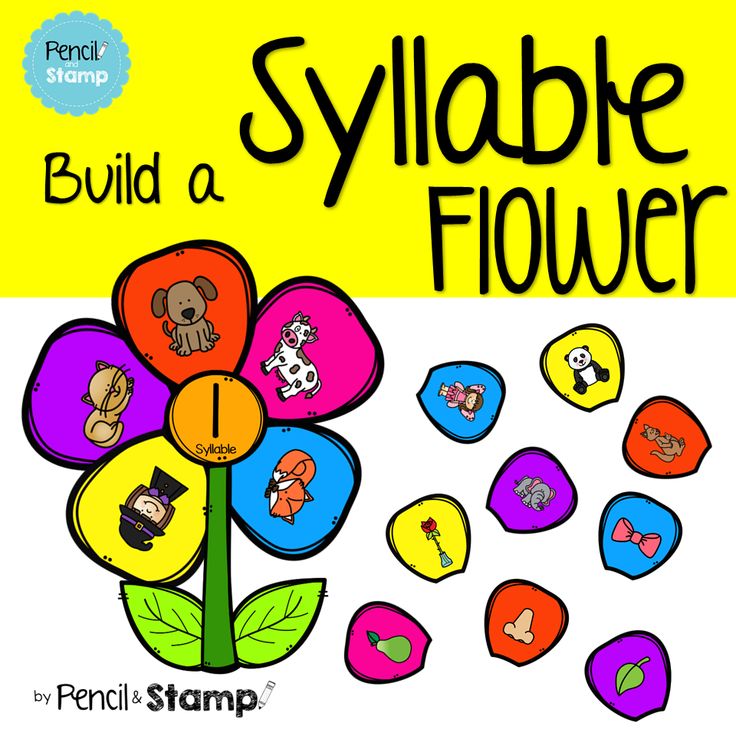 Refer to my guide on the 6 syllable types for more on each.
Refer to my guide on the 6 syllable types for more on each.
The main thing to keep in mind when dividing words into syllables is that every syllable must have a vowel sound! We hear a vowel sound in every syllable, and sometimes it takes more than one vowel to make a vowel sound.
Here are the different rules to break words into syllables:
Rule 1: VC/CV – Split 2 consonants that are between vowels.
Whenever 2 consonants come together in a word, divide between them: VC/CV
The exceptions to this are to keep consonant digraphs (i.e. ch, ph, ck) and consonant blends (i.e. bl, st, fr) together.
Rule 2: C+le – The ending -le usually takes the consonant before it to make one syllable.
When a word ends with a consonant and -le, divide it before the consonant so that the last syllable is C+le.
The silent e in C+le words helps add that vowel sound we need in every consonant. It’s one of the many jobs of silent e.
Rule 3: V/CV & VC/V – Split before or after a consonant that comes between 2 vowels.
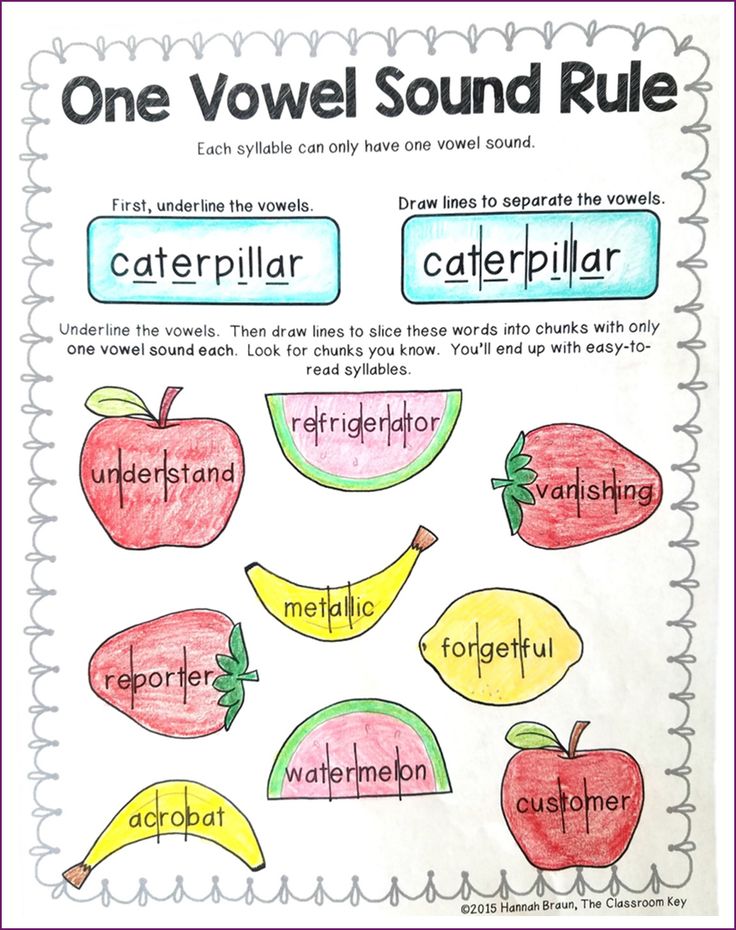
When only one consonant comes between vowels, divide after the first vowel: V/CV. This makes the first syllable an open syllable, and it will have a long sound.
Pronounce the word with an open syllable. If this doesn’t make a word that sounds familiar, then divide after the consonant: VC/V. This makes the first syllable closed, so the vowel will say its short sound.
Because this one is not as predictable I teach it after VCCV and C+le. I typically start with V/CV only, then I teach VC/V. After this, I mix them up and teach students to be flexible, showing them how to try it as V/Cv first, then VC/V after.
Rule 4: V/V – Split 2 vowels next to each other that do not work as a team.
If a vowel combination is in reverse, divide between the vowels: V/V. In this case, each vowel will have a sound.
It’s so important for students to know common vowel teams so they don’t split those up! If students are still learning basic vowel teams, wait to teach this syllable division pattern.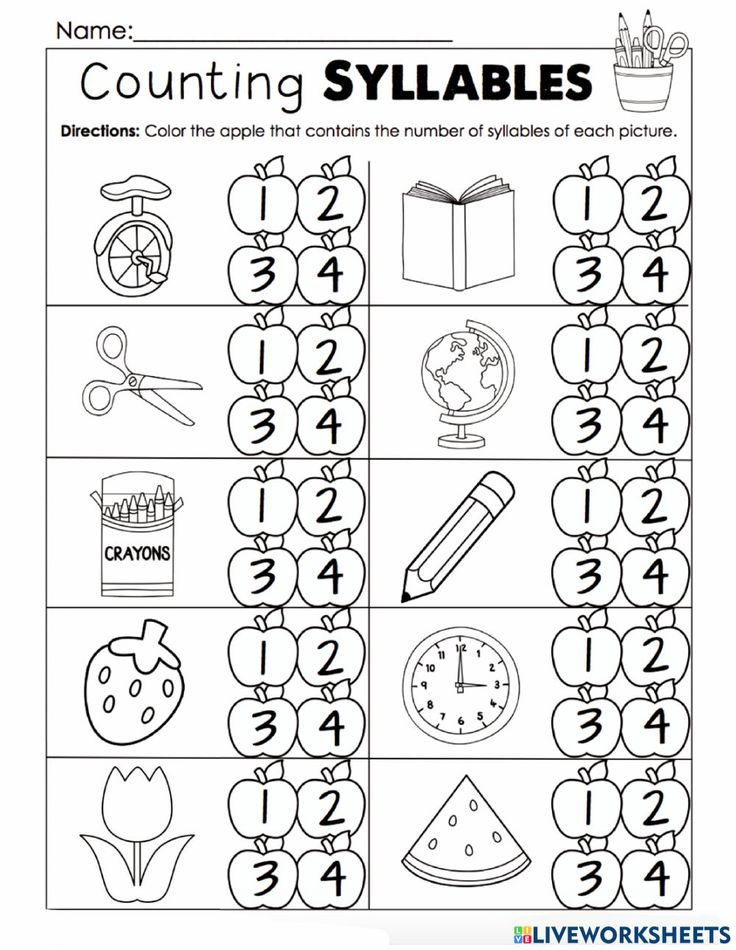 Words like “beach” and “boat” have vowel teams that do not get split. These vowel teams work together to represent one vowel sound.
Words like “beach” and “boat” have vowel teams that do not get split. These vowel teams work together to represent one vowel sound.
Rule 5: VC/CCV & VCC/CV – Split before or after the second consonant when 3 consonants come together.
When three consonants come together, divide after the first consonant: VC/CCV. If this doesn’t make a word that sounds familiar, divide after the second constant: VCC/CV.
These words often contain blends and digraphs, which if you recall, do not get broken up. When you see 3 or more consonants together, look for blends and digraphs to help determine where to split the word.
Rule 6: Divide after a prefix and before a suffix.
When you see a prefix, divide the word right after it. When you see a suffix, divide right before it. There are a few exceptions to suffixes creating their own syllable, but this will be apparent after the student has split up the word and tried to pronounce it.
The exception to this rule is the suffix -ed.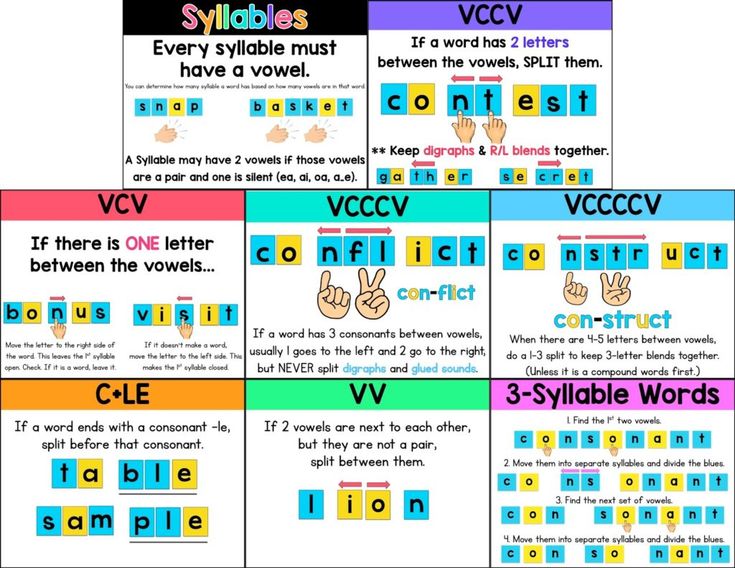 Sometimes this does not create an extra vowel sound, such as in the words jumped and sailed. Regardless, once the suffix is identified and the word is pronounced, you’ll know if it’s a syllable or not.
Sometimes this does not create an extra vowel sound, such as in the words jumped and sailed. Regardless, once the suffix is identified and the word is pronounced, you’ll know if it’s a syllable or not.
Strategies To Teach Syllabication Rules
Teach students to use vowels to identify syllables
Since one vowel sound = one syllable, the first thing students should do is identify the vowels. I always have my students draw a dot above each vowel. After that, I have them label every vowel and consonant by writing a V or C under each letter. Then they have to check if it’s a vowel team or silent e. At this point, they know exactly how many syllables a word has, even if they’re not sure where to split it yet.
Below is an example using the word student.
Teach students to look for patterns
At this point, students can look for patterns in the consonant and vowels. Students should look for vowel teams and magic e’s, digraphs and blends, then look for syllable patterns: VC, CV, VCCV, VCe, C+le, VCV, VV, Vr.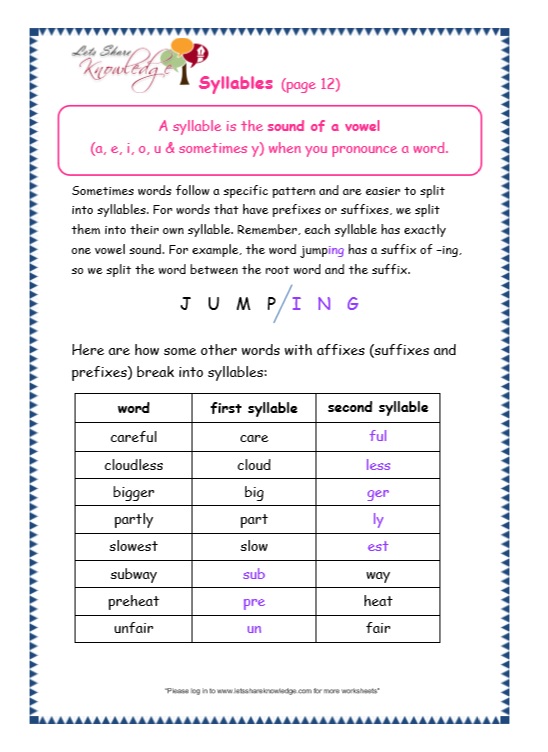
Teach base word families, prefixes, and suffixes
Students should also check for any base words, prefixes, and/or suffixes. Each base word or affix usually is its own syllable, but in some cases, they are not. Students can split these and try reading the word.
Teaching affixes daily and working with word family groups is a great way to address this area. Through consistent exposure and practice, students internalize these word parts and more quickly divide words into syllables.
Teach the different spelling patterns for each sound
It’s helpful if students know the options for spelling certain sounds, such as all the ways to pronounce the suffix -ed. This way when they are breaking up the word into syllable and sounding it out, they can accurately read a word.
A sound wall is a great way to teach all the spelling patterns for each sound. You can display each spelling pattern as students learn it and keep it up all year long as a reference. Read more about sound walls here.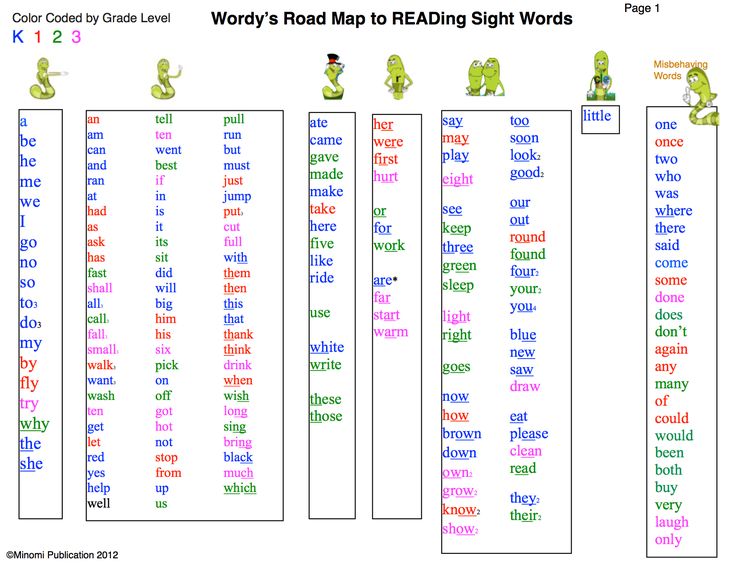
Syllable Activities For Teaching Syllable Separation
Start off with teaching the 6 syllable types, one at a time. These syllable types reference posters are available to download by signing up for my email list below.
Diagram multisyllabic words
Whenever I am teaching syllabication, students must always follow the same procedure to diagram each word:
- Spot and dot the vowels
- Label the consonants and vowels underneath
- Look for patterns, affixes, and base words
- Split according to the rules
- Mark the vowels as long or short
- Read the word aloud
Below is an example, the same picture I used above to show how to mark the vowels. You can see the student placed a dot above both vowels, labeled each consonant and vowel, found blends, found where to split the word, then marked the vowels as long and short.
Cut words into syllables
The very first activity after teaching the syllable division pattern is to cut words up because the visual really helps struggling learners. I write a few words on index cards, have students diagram the words, then cut them along the division line. We later use these to sort syllables.
I write a few words on index cards, have students diagram the words, then cut them along the division line. We later use these to sort syllables.
Sort syllables
There are tons of syllable sorting activities you can download and prepare, but I like to use the cut up syllables from the previous activity to sort syllables. You can sort into all the syllables types or just choose 2 to focus on as pictured below.
I also use a syllable and vowel pattern chart to sort syllables as I teach them. Each student has their own copy of this and fills it in as we learn each syllable.
Syllable search
This is an easy activity you can do with any text, but a targeted decodable text is ideal. Simply ask students to read a passage and highlight all the words that have the target syllable. From here, students can create a list of the words they found and split them.
Conclusion
Syllable division rules help readers break words into smaller parts making reading the word easier on their brains. This means that they don’t have to work as hard when trying to figure out what word you’re saying or spelling because each syllable has its own meaning and breaks up the task of decoding letters in order one at a time for your brain. Try these activities next time you teach syllable division.
This means that they don’t have to work as hard when trying to figure out what word you’re saying or spelling because each syllable has its own meaning and breaks up the task of decoding letters in order one at a time for your brain. Try these activities next time you teach syllable division.
Sources:
- How To Teach Spelling by Laura Toby Rudginsky and Elizabeth C. Haskell
- Phonics and Spelling Through Phoneme-Grapheme Mapping by Katheryn E. S. Grace
- Structured Literacy Interventions: Teaching Students with Reading Difficulties, Grades K-6 by Louise Spear-Swerling
- Speech to Print: Language Essentials for Teachers by Louisa Cook Moats
Want to remember this? Save Syllable Division Rules: How To Divide Words Into Syllables to your favorite Pinterest board!
Sharing is caring!
207 shares
- Share
- Tweet
Dividing words into syllables online
The site slogi. su is the most convenient and fastest service for dividing any Russian words into syllables. The service can highlight syllables both in individual words and in the text. We do not have a ready-made dictionary of words with pre-selected syllables, we determine syllables in words automatically. This means that you can enter the word of the Russian language in any number, gender, case and any other form of declension of the word. In addition to the analysis, we give information on each selected syllable in a word - the type of syllable, the division rule. The division into syllables on the site is carried out taking into account the modern rules of the Russian language of the school curriculum (traditional school) and the program with in-depth study. If there is a difference in the syllables of the two programs, explanations are given on the word page. nine0003
su is the most convenient and fastest service for dividing any Russian words into syllables. The service can highlight syllables both in individual words and in the text. We do not have a ready-made dictionary of words with pre-selected syllables, we determine syllables in words automatically. This means that you can enter the word of the Russian language in any number, gender, case and any other form of declension of the word. In addition to the analysis, we give information on each selected syllable in a word - the type of syllable, the division rule. The division into syllables on the site is carried out taking into account the modern rules of the Russian language of the school curriculum (traditional school) and the program with in-depth study. If there is a difference in the syllables of the two programs, explanations are given on the word page. nine0003
Syllables in a word Syllables in a text What is a syllable? Rules for highlighting words Examples of words
Select syllables in a word
To get the syllables in a word, enter the word below. The division is carried out according to the rules of the school curriculum and in-depth study of the Russian language. You can enter only one word and only in Russian letters. Foreign letters, numbers, spaces and other characters are not allowed.
The division is carried out according to the rules of the school curriculum and in-depth study of the Russian language. You can enter only one word and only in Russian letters. Foreign letters, numbers, spaces and other characters are not allowed.
Select syllables in the text
If you need to syllable all words in the text, use the form below. With the help of the form, it is convenient to bring the text of the song to the karaoke format, prepare a children's story for reading by syllables, break words into syllables for foreigners and for other useful needs. nine0003
Syllable
A syllable is the smallest unit of speech spoken. Syllables are formed only by vowels, so the number of syllables is equal to the number of vowels in a word. Consonants "adjoin" one or another vowel in accordance with the rules of division into syllables that have developed in the course of the development of the Russian language. The syllable rules describe the correct way to parse words into syllables.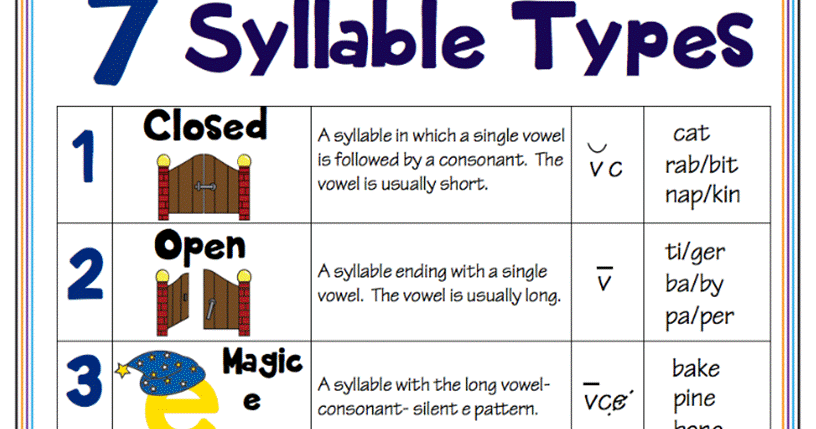
Syllables are: open and closed, covered and uncovered. An open syllable ends in a vowel, a closed syllable ends in a consonant. A covered syllable begins with a consonant, an uncovered syllable begins with a vowel. nine0003
Rules for syllable emphasis
General approaches to syllable emphasis in words for traditional and advanced learning are described below. For detailed materials with explanations and examples, see the rules for dividing words into syllables.
Traditional school
The main rule of the regular school curriculum, which the child is guided by: how many vowels, so many syllables. When transferring words, they are guided by the rules: we transfer the word by syllables, you cannot leave one letter on the line. These rules are known to all. nine0003
When dividing a word into syllables, you can use the method of pushes: put your palm to your mouth and feel the pushes of air while pronouncing the word. Or we imagine a candle in front of us: how many times the flame sways, so many syllables.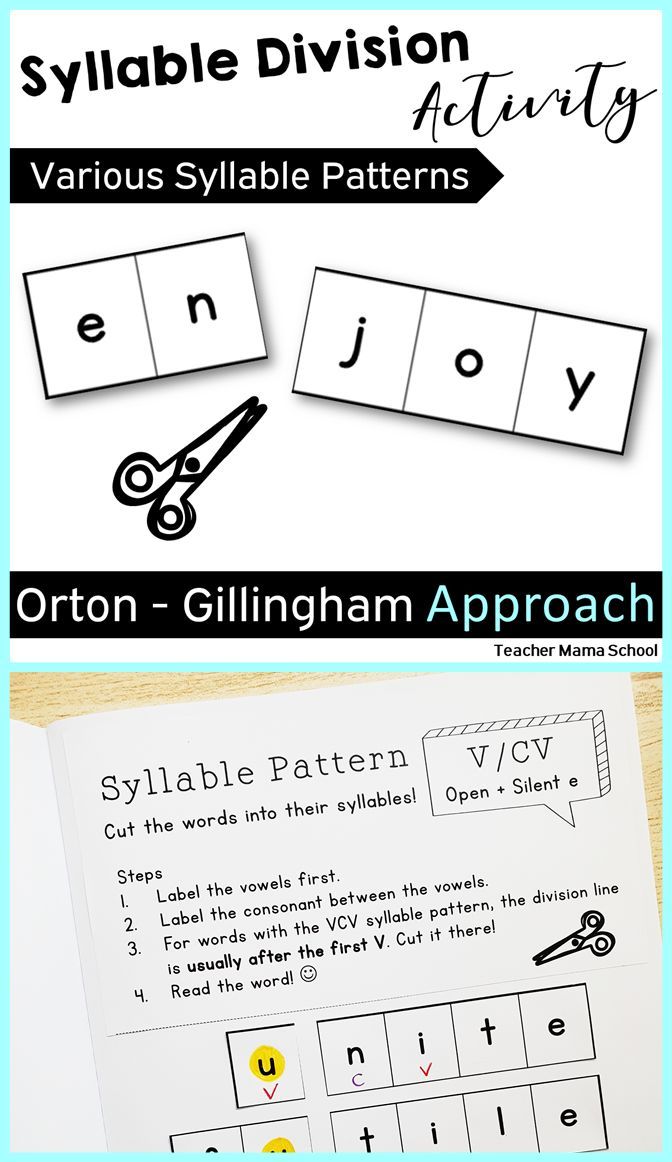 For some words with a flow of consonants, this option is not always suitable.
For some words with a flow of consonants, this option is not always suitable.
Different elementary schools have different principles for teaching syllable division. In some schools, they are taught to visually divide a word into parts - bundles of vowel + consonant (or vowel + several consonants). In other schools, they teach you to pronounce the word with pauses in a convenient way. Pauses also create places of division of syllables. nine0003
School of in-depth study
In schools of in-depth study of the Russian language and in the programs of institutes, cases are analyzed when words are transferred not by syllables, that is, the transfer syllable does not coincide with the phonetic syllable.
The division of a word into syllables occurs in such a way that the syllable is pronounced in ascending order: from a voiceless pronunciation to a voiced one. Therefore, syllables of several sounds always begin with a voiceless consonant and end with a vowel. For example: mail (but not mail), mo-shka (but not mosh-ka). A syllable may end in a voiced consonant (sonorant p, l, m, n), which sounds less voiced than a vowel, but louder than a voiceless consonant. For example: bul-ka, var-ka. nine0003
A syllable may end in a voiced consonant (sonorant p, l, m, n), which sounds less voiced than a vowel, but louder than a voiceless consonant. For example: bul-ka, var-ka. nine0003
Examples of words
We select examples of words broken down into syllables according to various criteria that are most in demand among site visitors. Collections will help you quickly find the right words, rather than inventing and remembering them. Popular lists are words of 2-5 syllables and words with given syllables. Thanks to the collections, you can find examples of words by mask, which is useful when preparing homework, solving crossword puzzles, compiling wall newspapers and other educational and entertaining tasks. nine0003
By syllables
Words with
1 syllable2 syllables3 syllables4 syllables5 syllables6 syllables7 syllables8 syllables9 syllables
With syllables
Words with syllables:
do--doses--zhi--zik--cas--kos--kra--mer--they say--mor--nnost--great--pre--with--ren--ska--sli- -sol--tel--fi--cha--chik--chu--shi--scha--schik--schu-
Popular words
Most searched words: Russian → 17918, Russia → 17075, Moscow → 16410, apple → 15804, leaves → 15150, hedgehog → 14844, bear → 13439, monkey → 13139, alley → 13027, notebook → 12971, berry → 12476, anchor → 12305, harvest → 12234, student → 11854, snake → 10857.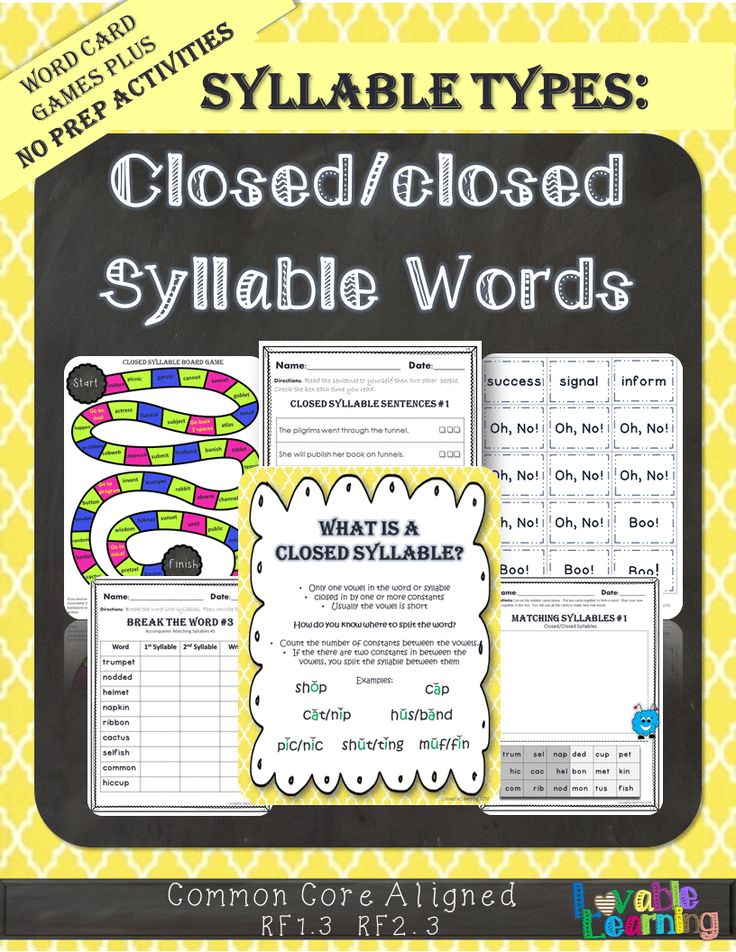
After the words, the number of requests per year is indicated.
The most unusual combinations of syllables that our service has processed are collected on the page of interesting words. The result of division into syllables cannot always be used for hyphenation in a word, since other rules are used during hyphenation. You can learn the rules and check hyphenation on the word hyphenation website. nine0003
Rules for dividing words into syllables with examples
Let's list the rules for dividing words into syllables that are in textbooks and educational literature. The definition of a syllable in Russian, the types of syllables and general approaches to the selection of syllables in words are described on the main page of the site.
First, we note three important points.
- The division rules are different at school (traditional program) and at the institute (advanced program).
- Rules may vary from school to school. nine0067
- A phonetic syllable must be distinguished from a hyphenation syllable.
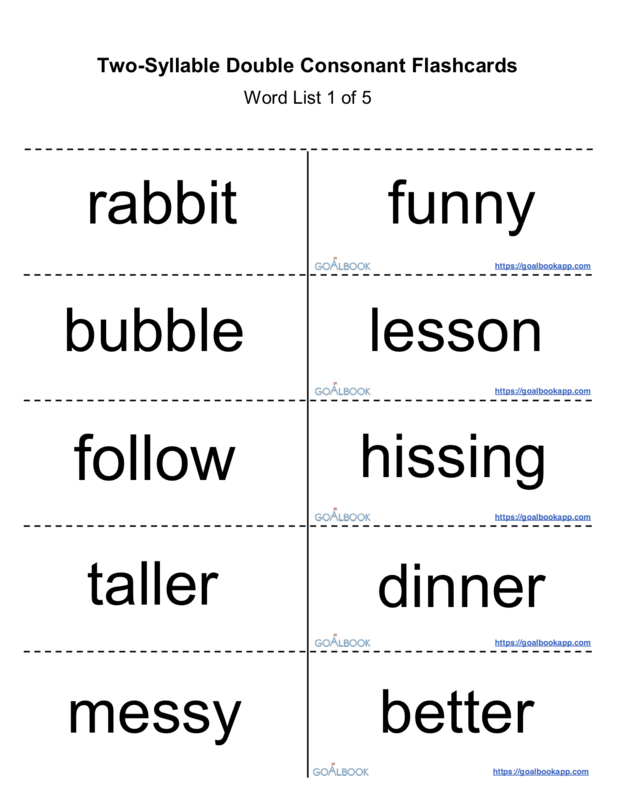
On our website, we make a reference to the Moscow Phonological School, in particular, we use the rules of a short theoretical course for schoolchildren Litnevskaya E.I. In addition, materials of the school with in-depth study of the Russian language, including philological faculties, are given.
Traditional school
Traditional school is simple. How many vowels, so many syllables, and how the child divides, it doesn’t matter (as long as it sounds beautiful and the child understands). No matter how a student is taught to divide into syllables, this will not affect anywhere: neither the OGE, nor the Unified State Examination (there are no such tasks). We list three simple rules of the school curriculum. nine0003
- The syllable forms a vowel sound:
ste-na, bar-ran (s-tena, bara-n - wrong). - A syllable begins with a consonant before a vowel:
mo-lo-ko, ko-ra (they say-eye, kor-a - wrong). - The letters ь, ъ (which do not mean sounds), й cannot be separated from the previous syllable:
In a traditional school, variability is allowed: sun or sun, computer or computer.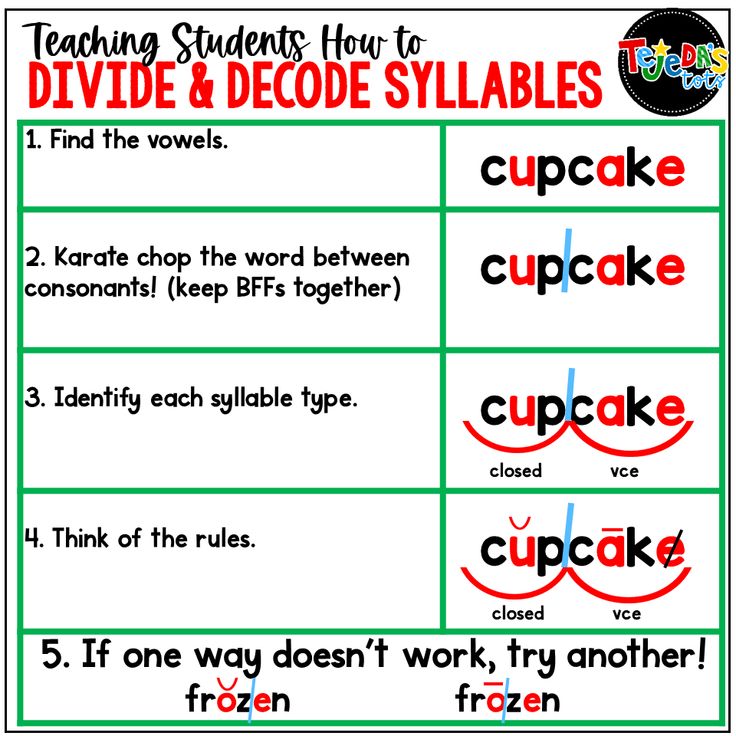 nine0003
nine0003
School of in-depth study
In addition to the above three rules, there are additional rules in schools of in-depth study of the Russian language.
- Voiceless consonants go to the next syllable:
dot-ka, mo-shka (in the traditional school it is also true: dot-ka, mosh-ka). - Voiced consonants ([й], [р], [р'], [l], [l'], [m], [m'], [n], [n']) followed by a noisy consonant depart to the previous syllable:
kor-ka, bul-ka (in the traditional school it is also true: kor-ka, bu-lka). nine0067 - Consonants that form one sound cannot be separated into different syllables. One sound is formed by combinations of zzh [zh:], tsya, tsya [ts:].
u-e-reap, but-si-tsya, de-la-sya (in the traditional school it is also true: u-e-reap, but-sit-sya, de-la-sya). - Double consonants in the middle of a word refer to the following syllable:
classy, ho-kkey, te-nnis (in a traditional school it is also true: classy, hockey-kei, ten-nis).